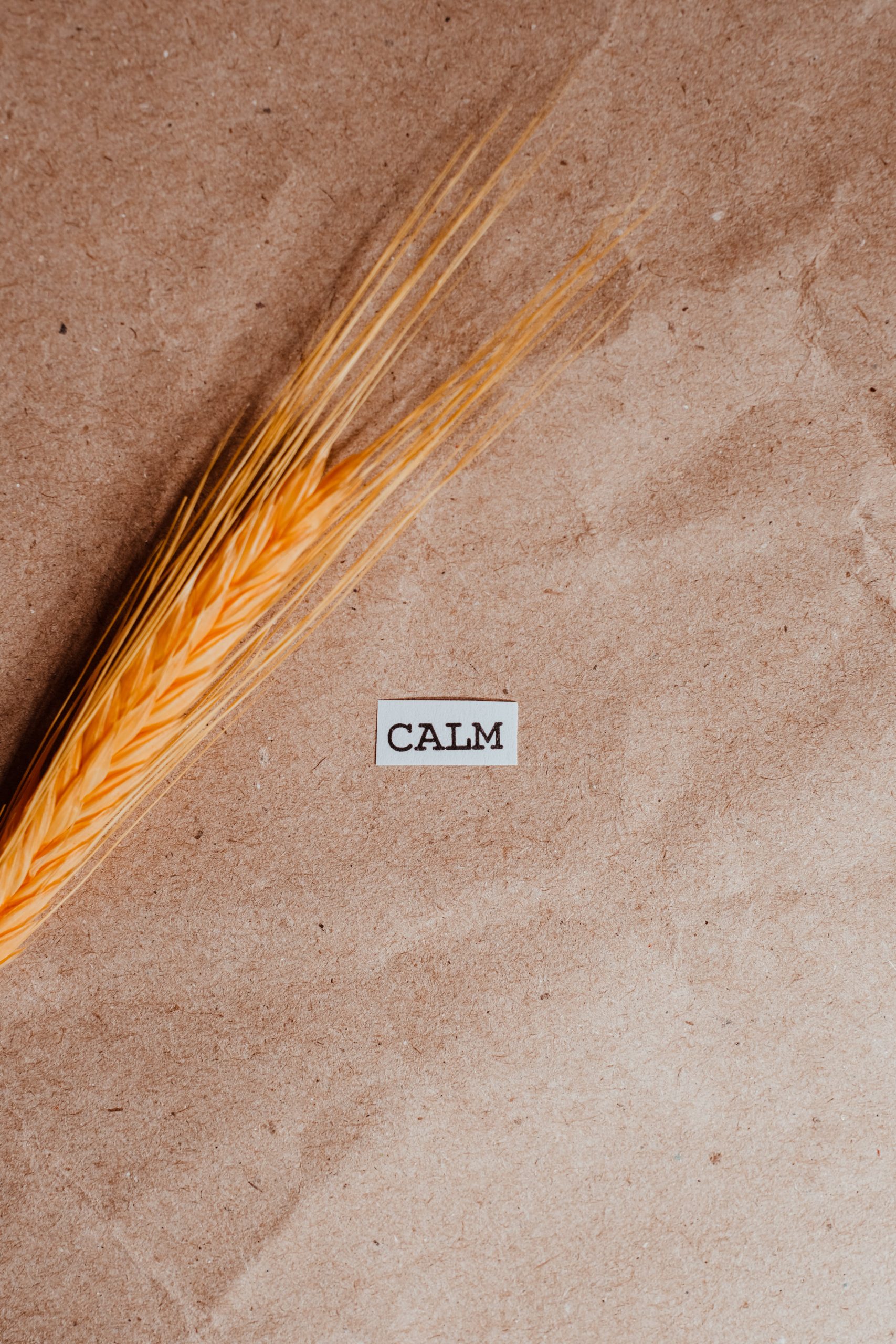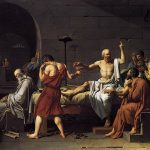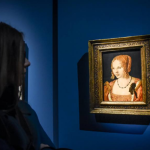Progressive muscle relaxation (PMR), pioneered By Edmund Jacobson in the 1930s. Initially brought forth as a reliable antidote to anxiety, to be later on used for the treatment of stress management, insomnia, and certain types of chronic pain. It teaches individuals to map them selves physiologically, and differentiate between tension and relaxation. This approach is especially effective for individuals struggling with anxiety conditions such as GAD or SAD, which cause muscular tension. While often integrated with other cognitive behavioral therapy techniques like systematic desensitization, nevertheless, practicing PMR alone also effectively controls the body’s response to stress and anxiety.
Fusing Art and progressive muscle relaxation offers a robust layer of relaxation and mental clarity. Artistic hobbies, with their notably relaxing faculties, can boost the perks of PMR. As you gradually relax your muscles, engaging in art can help calm your mind, generating a clearer frame of mind and less tension. Therefore this combination offers an all-encompassing approach to anxiety and stress management boosting the overall mental well-being.
What is Progressive Muscle Relaxation (PMR) ?
PMR fruits extends beyond mere relaxation. This practice has been shown effective in the treatment of various medical and physical conditions, including migraine headaches, chronic pain, and digestive difficulties. Moreover, it can also lower blood pressure and enhance cardiovascular health through the reduction of physiological stress responses. in addition to other perks like improved attention spans and reduced fatigue and tiredness, thus, this practice is of high value for those in high-stress jobs or educational environments.
The use of PMR in the mental health sphere is quite substantial. Its a cornerstone in the treatment of anxiety disorders, frequently used in conjunction with cognitive behavioral therapy (CBT). This combination proves liable in the treatment of phobias, panic disorders, and post-traumatic stress disorder (PTSD). Furthermore, athletes and performers find PMR beneficial for improving attention and performance, as well as aiding in both preparation and rehabilitation.
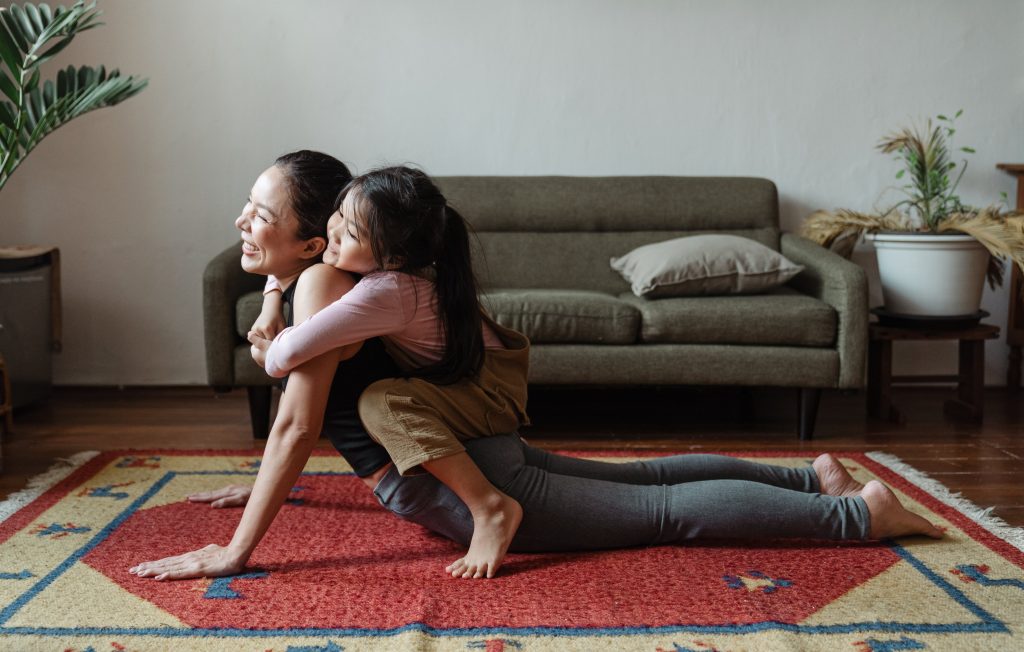
PMR and Art Therapy
Art therapy, a type of psychotherapy, based on the use of artistic expression as a tool for treatment, acknowledged for its capacity to facilitate emotional expression and healing. When fused with PMR, the potential for increased artistic depth and production skyrockets. PMR, by inducing a state of mental and physical relaxation, may dissolve the barriers to creativity, barriers that often arise due to stress or anxiety. This relaxation can lead to increased sensory awareness and emotional release, both of which are essential for the creative process. PMR can serve as a catalyst for artists, deepening their connection with their works and allowing for a more immersive and intuitive flow.
Furthermore, PMR practices before engaging in creative projects can induce a state of fluidity, with complete absorption in the artistic process. This frame of mind, notably linked to robust creativity and production, can be effective in therapeutic settings, helping people to explore and resolve psychological concerns via this coherent, unrestrained and spontaneous stream of artistic expression. Thus, leading to deeper insights and more meaningful artistic and personal outcomes.
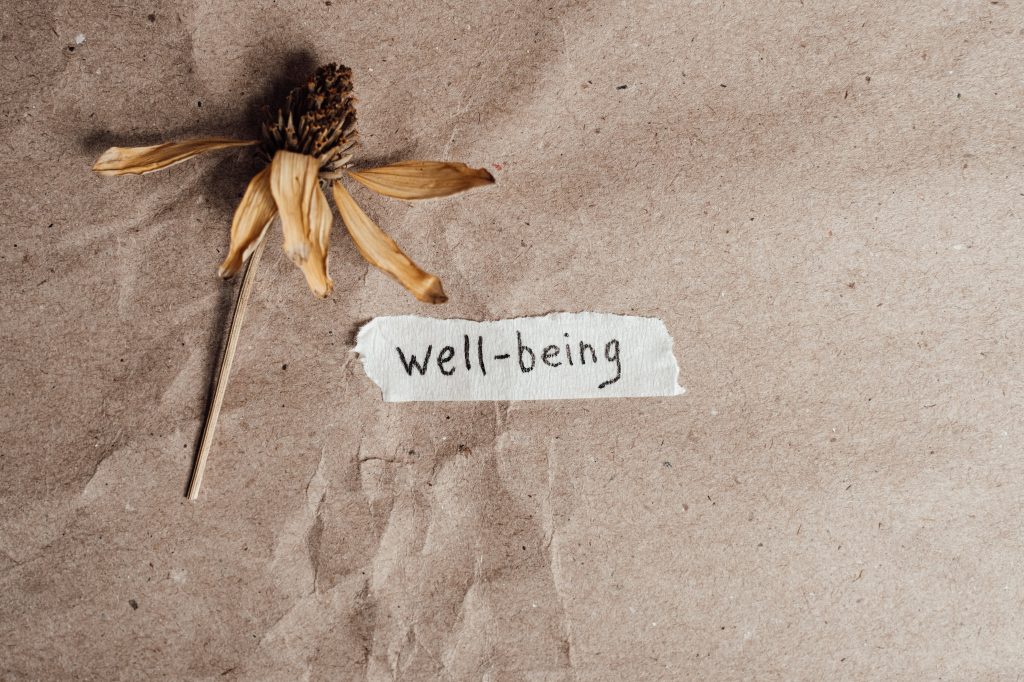
How to Practice PMR ?
To begin the practice of Progressive Muscle relaxation, choose a quite, comfortable spot. Close your eyes and sit or lie down, take a few deep breaths inhaling deeply through your nose and exhaling through your mouth. Then work your way down to your toes or vice versa, targeting different muscle groups. tense the muscles as firm as possible for about 5 seconds for each; this should be a strong but not a painful contraction. concentrate on the sense of tension. Then, exhale as you release the tension, pay close attention to the pleasant sensation of relaxation.
The forehead, eyes, chin, neck, shoulders, arms, hands, chest, back, tights, and feet are all common muscle groups. ensure that each group receives close attention in order to conduct a thorough experience. Maintain deep, calm breaths during the procedure for optimal relaxation. the total session may last anywhere from 10 to 20minutes. and remember that consistency is key, you’ll develop an innate awareness of muscular tension, spotting physical stress responses and ultimately releasing your body from such strains.
- For those with medical conditions, consult with your health provider before beginning any relaxation exercises

